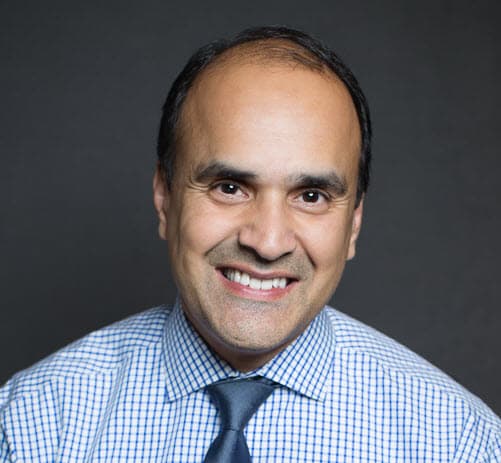
@ShahidNShah

Some of the most frequent questions I receive these days surround data interoperability and integrating multiple health IT systems. One of the biggest problems in connectivity is matching patient record data and ensuring that the same patient data in different systems is linked properly. Given how many times this topic comes up, I reached out to Cameron Thompson, Acxiom Healthcare Group Managing Director. Acxiom has an interesting method of patient data matching, called persistent links, and when I saw what they were doing for matching consumer records in non-healthcare settings (e.g. marketing) I thought some of you might want to learn about it. Here’s what Cameron had to say about the various techniques for matching patient data:
The promise of secure and seamless exchange of patient healthcare information is powerful. As payers, providers, Health Information Exchanges (HIXs) and Accountable Care Organizations (ACOs) move rapidly toward the full deployment of electronic medical records, healthcare IT professionals are grappling with a fragmented network of systems and data silos. These disparate systems and databases often house redundant copies of patient medical data in multiple formats, which limits the ability to see a true 360-degree view of the patient. The benefits from connected patient data are many, including:
To reduce these inefficiencies and solve the underlying problem, the new healthcare ecosystem needs an accurate means of identifying and matching patient record data to the correct individual across internal and external healthcare systems, including collaborative care delivery models.
Multiple systems across the healthcare enterprise produce duplicate patient records that are not easily recognizable as matches. Recognizing that Mary Jane Smith at 123 Elm Road in the 2009 clinical laboratory system is also Mary Collins of 78 Oak Street in the 2011 patient registration system is a challenge for any organization. Identifying a solid method for distinguishing patient information across multiple data systems and combining the data accurately will be pivotal to the effective adoption of Electronic Health Records (EHRs) and successful implementation of Health Information Exchange (HIE).
As organizations take on this challenge, several methods have been identified and considered to recognize an individual. Three leading methods can to be explored to achieve your business goals of continuity and cost reduction. These are:
1. Algorithm or String-Based Matching
An organization can develop an algorithm with string-based matching using identifiers in the existing data to uniquely identify individuals. The benefits of string-based matching include:
Some of the challenges with this strategy include:
2. State-Issued Number
An organization can use another state-Issued number such as a state of issuance and birth certificate number. Benefits of this method include:
Some challenges with this strategy include:
3. Persistent Links
Healthcare organizations should consider the use of highly accurate match technology that delivers knowledge-based persistent linking. This match technology delivers a set of persistent links a company uses to recognize their patients across a fragmented network of systems and data silos. Persistent Link match technology is regarded as the most precise match technology available to accurately resolve patient identity (such as AbiliTec, the linking technology offered by my company, Acxiom). The link provides a consistent, client-specific ID, across data variations, and it can be applied at all touch points and databases within an organization.****
The use of persistent links, created from knowledge-based match technology, can provide:
There are also some challenges related to using persistent links:
As healthcare organizations move forward by adopting technology to improve patient experience they will find that the accuracy of the data will drive their success. Organizations should consider each of these methods for recognizing patients, each have their benefits and select the method that best meets specific organizations needs.
The foundation of an effective provider and payer relationship depends on recognizing the patient throughout the continuum of patient care. If the healthcare community can provide accurate patient information, billions of dollars can be captured yearly and patient healthcare would become much more efficient, inevitably leading to improved outcomes.

Shahid Shah is an internationally recognized enterprise software guru that specializes in digital health with an emphasis on e-health, EHR/EMR, big data, iOT, data interoperability, med device connectivity, and bioinformatics.
Connecting innovation decision makers to authoritative information, institutions, people and insights.
Medigy accurately delivers healthcare and technology information, news and insight from around the world.
Medigy surfaces the world's best crowdsourced health tech offerings with social interactions and peer reviews.
© 2025 Netspective Media LLC. All Rights Reserved.
Built on Mar 12, 2025 at 5:07am